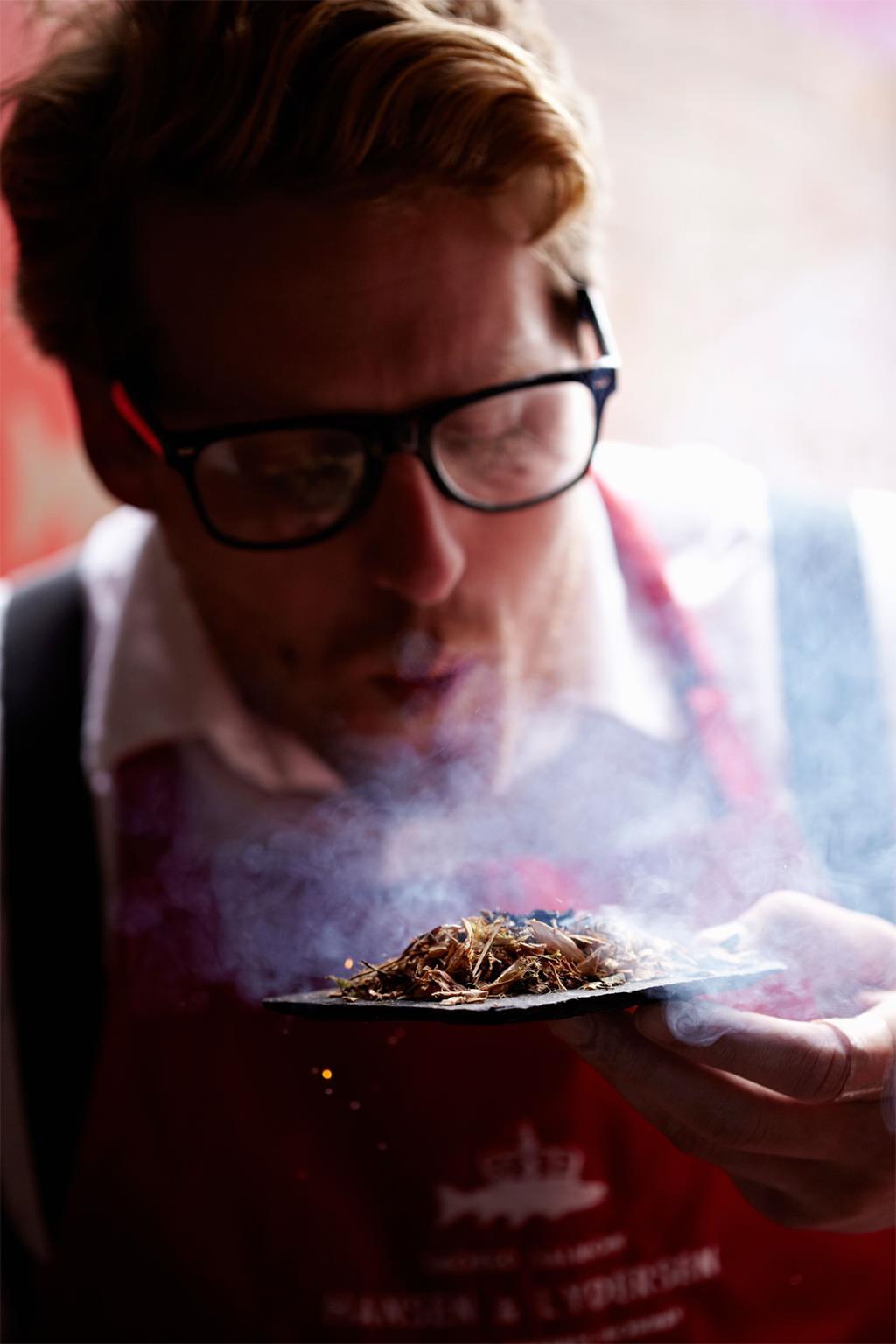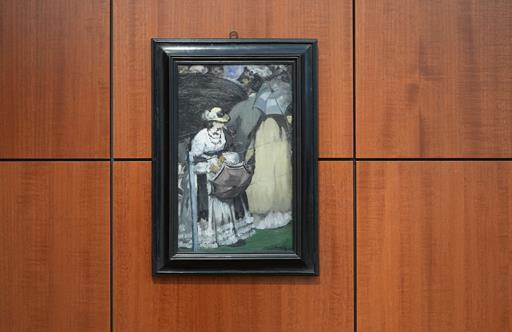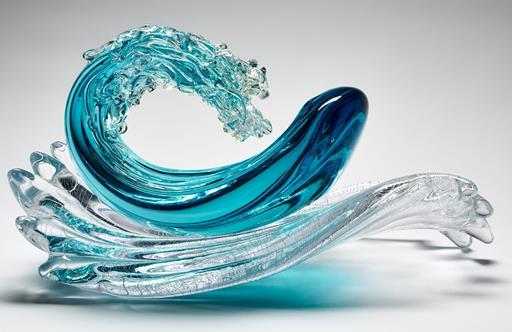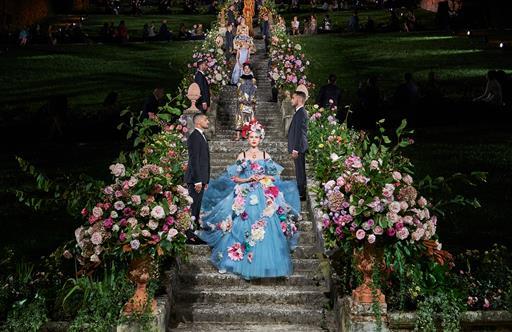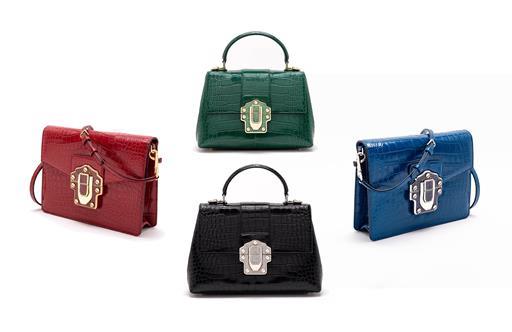The Bloke Who ‘Smokes’
We explore the chef-small supplier relationship with expert salmon smoker Ole Hansen, and Alain Ducasse
Striding around in his blue overalls and bright red Wellington boots, Ole Hansen cuts an usual figure, to say the least, in the ornate gilded surroundings of Restaurant Le Dali at Le Meurice hotel. For a moment one might wonder whether he’s the maintenance man, but none of the elegantly attired diners at this, one of Paris’s most celebrated hotels, seem to raise an eyebrow at the sight of the nearly two-metre-tall Norwegian.
Hansen is in fact an important part of the dining experience itself, supplying the hotel’s restaurants with smoked salmon. This being Le Meurice, it’s not just any smoked salmon. Hansen’s family has been smoking the fish since 1923, when his great-grandfather devised a recipe using a subtle mixture of juniper and beech woods in his hometown situated some 400 kilometres north of the Arctic Circle.
Hansen brought this family recipe to London, where he now runs the smokehouse in trendy inner-city Stoke Newington. The salmon arrives overnight from the Faroes via Grimsby, and is hand-filleted early in the morning. It’s salted and cured for around 12 hours before the smoking process begins.
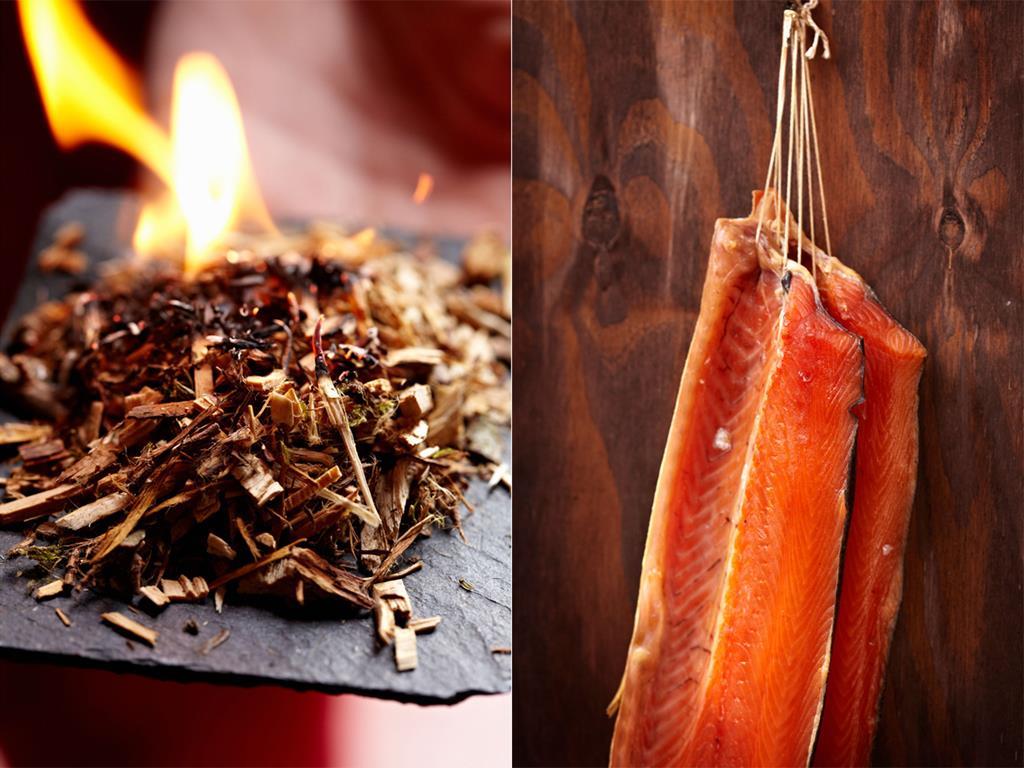
London's best salmon smoker met Alain Ducasse while the celebrated French chef was researching his book J’aime London, featuring his favourite gourmet addresses. It was the Norwegian’s authentic recipe and attention to detail that really impressed Ducasse, who oversees restaurants around the world – including the entire Food and Beverage programme at Le Meurice.
“He reproduces the climatic conditions of Finnmark: the temperature, the humidity and even the air flow that allows the juniper and beech wood smoke to completely permeate the fish,” says Ducasse. “I was won over by the quality of the product and the authenticity of Ole Hansen’s methods.”
For his part, Hansen is characteristically laid-back about meeting one of the world’s greatest chefs. “I’d obviously heard of Alain Ducasse through food circles, and I knew that, because of his reputation, quite a lot of people were intimidated by him, but when he arrived at the smoker he was super relaxed,” he says. “He just changed his clothes and started finding out more about what we do here. He’s a very curious guy – he’s interested in every aspect of food.”
Hansen is keen for Le Meurice customers – and others – to understand the physiology of the salmon. He compares it with cuts of beef: the two main sections of the salmon he names after two of Norway’s most famous royals.
The widest section of the fish, near the belly, is “Queen Maud”. “It’s softer, more tender, has a milder flavour and is considered healthier, because it has more fish oils, whereas the King Olav end, near the tail, has a firmer texture since it has more muscle to help the fish swim,” he explains. Queen Maud needs more curing – and therefore more salt – than the male royal.
One of the first dishes created by Hansen and the Le Meurice team is Salmon Dashi, a chunky fillet of smoked salmon served in a broth with spring vegetables. Light and healthy, it allows the quality of the salmon, with its melting richness, to speak for itself. Hansen also works with Ducasse to match wines and even whiskies with his smoked specialties. Fruity vintages, both red and white, go with the middle section, while whisky complements the slightly stronger flavour of the tail end, he suggests.
Ducasse may oversee restaurants in Europe, the US and Asia which serve hundreds of sophisticated diners a day, but he is passionate about finding new, smaller suppliers like Hansen. “In cuisine, nature comes first," he says. "And producers have the crucial role, which is obtaining the best from nature. In fact, the vast majority of our products come from very small suppliers. Yet they have an immense passion and know-how.”
